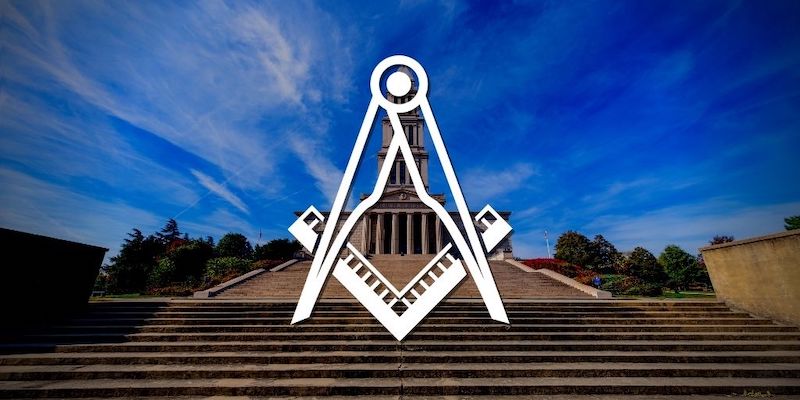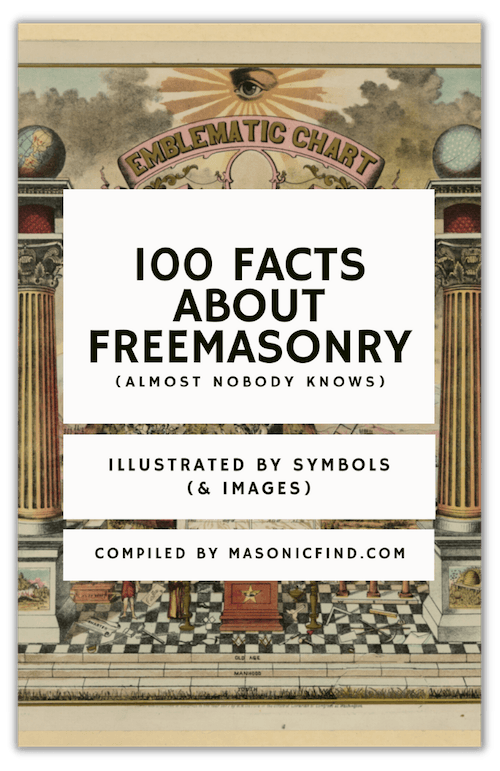You are a Master Mason.
At the very least, you have turned in your proficiency and you are up to date on your dues; you are a full member of the Fraternity, with all the rights and privileges thereof.
So what do you do now?
Now is the opportunity to learn and participate in the ritual of your lodge. If you have already done that and want more, then you might want to investigate the possibility of joining an affiliate or appendant/concordant body (as applicable within your grand lodge jurisdiction).

Lodge Ritual
The majority (if not all) of your lodge’s ritual is standardized by your grand lodge and must be delivered from memorization.
We put on display a theatrical allegory, acted out by members of the lodge to teach the moral lessons to the candidate.
This means memorizing lines; in various grand lodge jurisdictions, this also includes memorizing footwork (i.e., where to go in the lodge room to deliver certain parts of your lines and with what physical gestures; like for a play or a movie).
Memorizing the ritual is paramount for becoming familiar with the lessons that Freemasonry teaches.
There are so many parts to be learned, each symbolizing some principle or aspect that we can apply in our lives. I genuinely believe that even the smallest part of a few lines has something important to teach us if we are willing to learn it.
As you learn more of the ritual, you may even be presented with the opportunity to lead as an officer of the lodge. Many a lodge office requires that its holder be proficient in a certain amount of ritual.
Take, for example, the Grand Lodge F&AM of Utah.
It was originally required that a Worshipful Master be proficient not only in the lines needed for him to open/close a lodge and to conduct a degree ceremony, but also to have memorized all three of the degree lectures (each of which run about 15 minutes straight if delivered flawlessly).
Today, however, the Grand Lodge F&AM of Utah only requires that a Worshipful Master have one of the three degree lectures committed to memory (not that this should stop us from pursuing memorization of all three).
Affiliate Bodies

An affiliate body is a group that Master Masons, their youth, and/or their female relatives can join.
For example, the Order of the Eastern Star is an affiliate group for both Master Masons and their adult female relatives. Job’s Daughters is an affiliate group that young women can join.
The Order of DeMolay is an affiliate group that young men may join.
For the youth groups, an adult may join as a counselor. At least in various jurisdictions (possibly in all of them) of these youth group organizations, though it is necessary for at least some counselors to be Master Masons, not all of them must be.
Affiliate bodies do not confer the degrees of Freemasonry, but they are still a part of the Masonic Family with their own secular rituals, their own moral lessons, and their own charities and/or service projects.
There are also affiliate bodies that are open to Master Masons only, such as the Shriners, and other.
Appendant/Concordant Bodies
I would like to preface this section be encouraging the reader to get familiar with the brethren and ritual of your lodge before you join one of these bodies.
You have the rest of your life to join as many appendant/concordant bodies as your heart desires. It will not be worth it, in my opinion, to rush into so many different groups at one time.
I personally waited for about three years and got to know Freemasonry itself before I went on to join my first appendant/concordant body, and I am glad that I did.
An appendant/concordant body is a group that only Master Masons may join; they also have their own rituals, lessons, and charities and/or service projects.
Examples of such include but are not limited to:
The Scottish Rite: A body that focuses more on the philosophy and the esoterica of Freemasonry.
The York Rite, which is composed of:
- Royal Arch Masons International: A body of four degrees that builds upon the allegories presented during Freemasonry’s three degrees.
- Cryptic Masons International: A body of two normal degrees and one honorary degree; the two normal degrees also build upon portions of Freemasonry’s Master Mason degree; the honorary degree’s allegory takes place during the Biblical events that led to the Chaldeans’ destruction of the Temple at Jerusalem; membership in the Royal Arch is a prerequisite.
- The United Religious, Military, and Masonic Orders of the Temple and of St John of Jerusalem, Palestine, Rhodes, and Malta: Known more commonly as the Knights Templar (which is only named after the historical order and does not claim to descend literally therefrom); an body of three orders (instead of degrees) only for Master Masons who profess a belief in Christianity; membership in the Royal Arch is a prerequisite; in many grand commanderies, membership in the Cryptic Masons is also a prerequisite.
The Hillbilly Degree: A fun order that bases their practice on the stereotype of the Appalachian hillbilly.

FREE DOWNLOAD: 100 FACTS ABOUT FREEMASONRY (ALMOST NOBODY KNOWS)
Join the 10,000+ Brethren from around the world inside our weekly Masonic newsletter and get our best selling ebook for free (usual value: $20).
Conclusion
There are literally scores of bodies (both affiliate and appendant/concordant) that one may join depending on your grand lodge jurisdiction (some grand lodge jurisdictions do not allow any such bodies).
It is my opinion, it is exceedingly difficult to become bored in Freemasonry.
Whether you decide to focus your time to perfecting your Masonic ritual or if you decide to branch out to one or various appendant/concordant and/or affiliate bodies, you will always have something to do and something new to learn.
The more groups you join, the more memorization work you will have to do, the more service projects in which you will participate, and the more charities for which you will try to raise funds.
You will get out of it at the very least what you put into it; just make sure not to spread yourself too thin.
This article was written for MasonicFind.com by Brandon Cole, SW.
I have been a Mason since 1961 and now 88 years old in 1971 I was in the East and with my wife when she was or the matron of the Easter star, also want to consistory and the shrine and later became at 32 by dissipating in each degree I can say they were some of the best years of my life!!